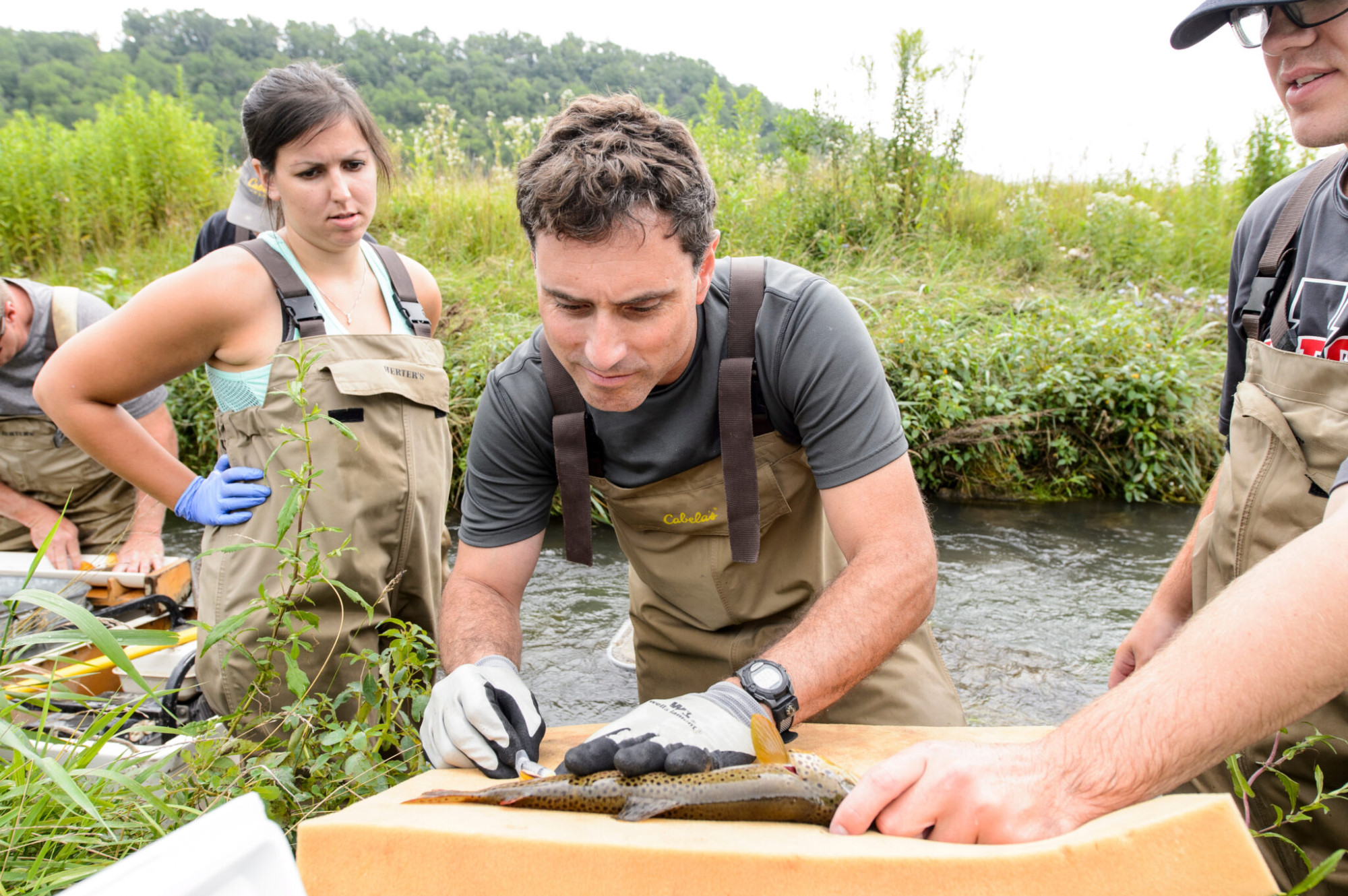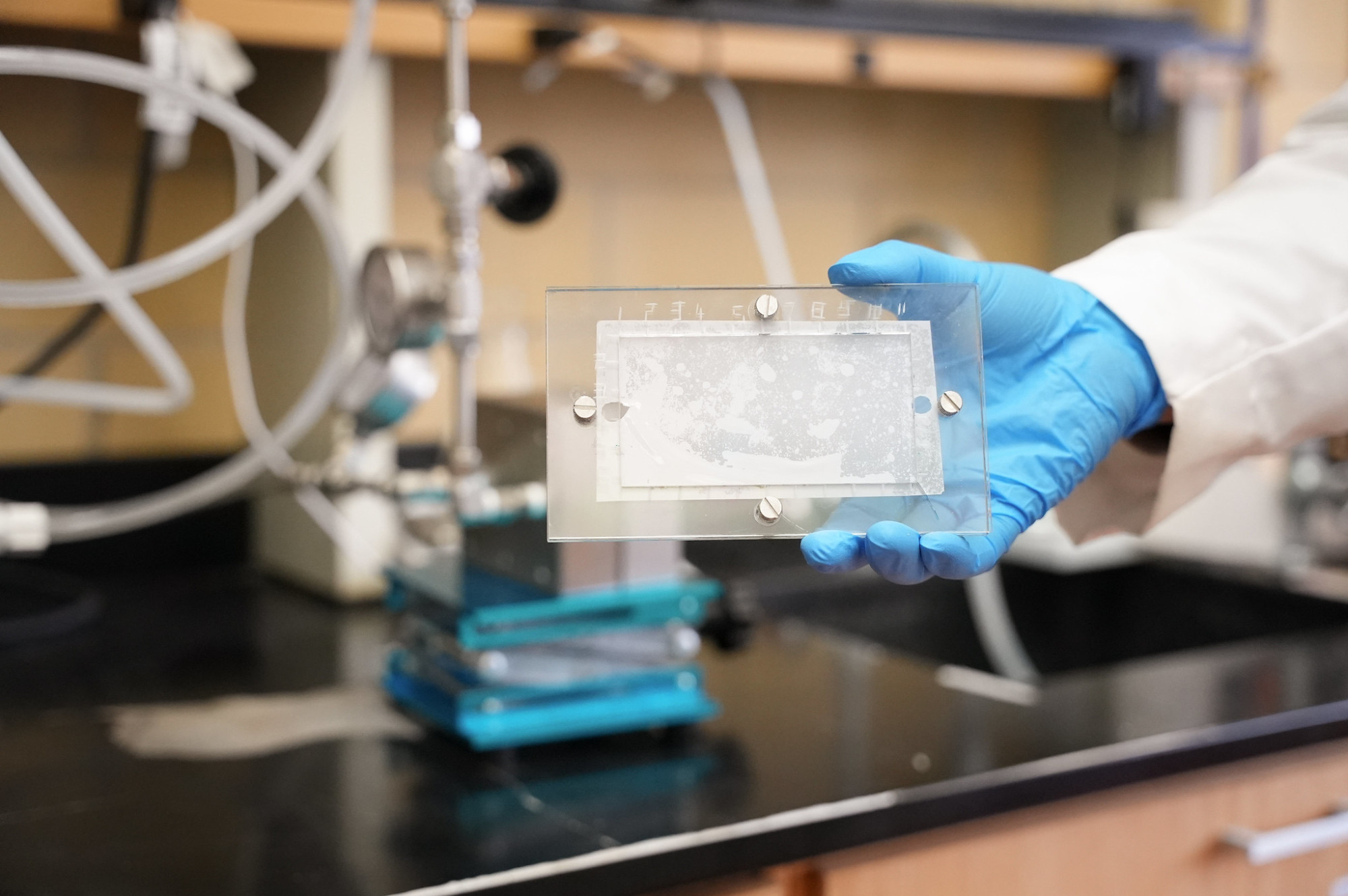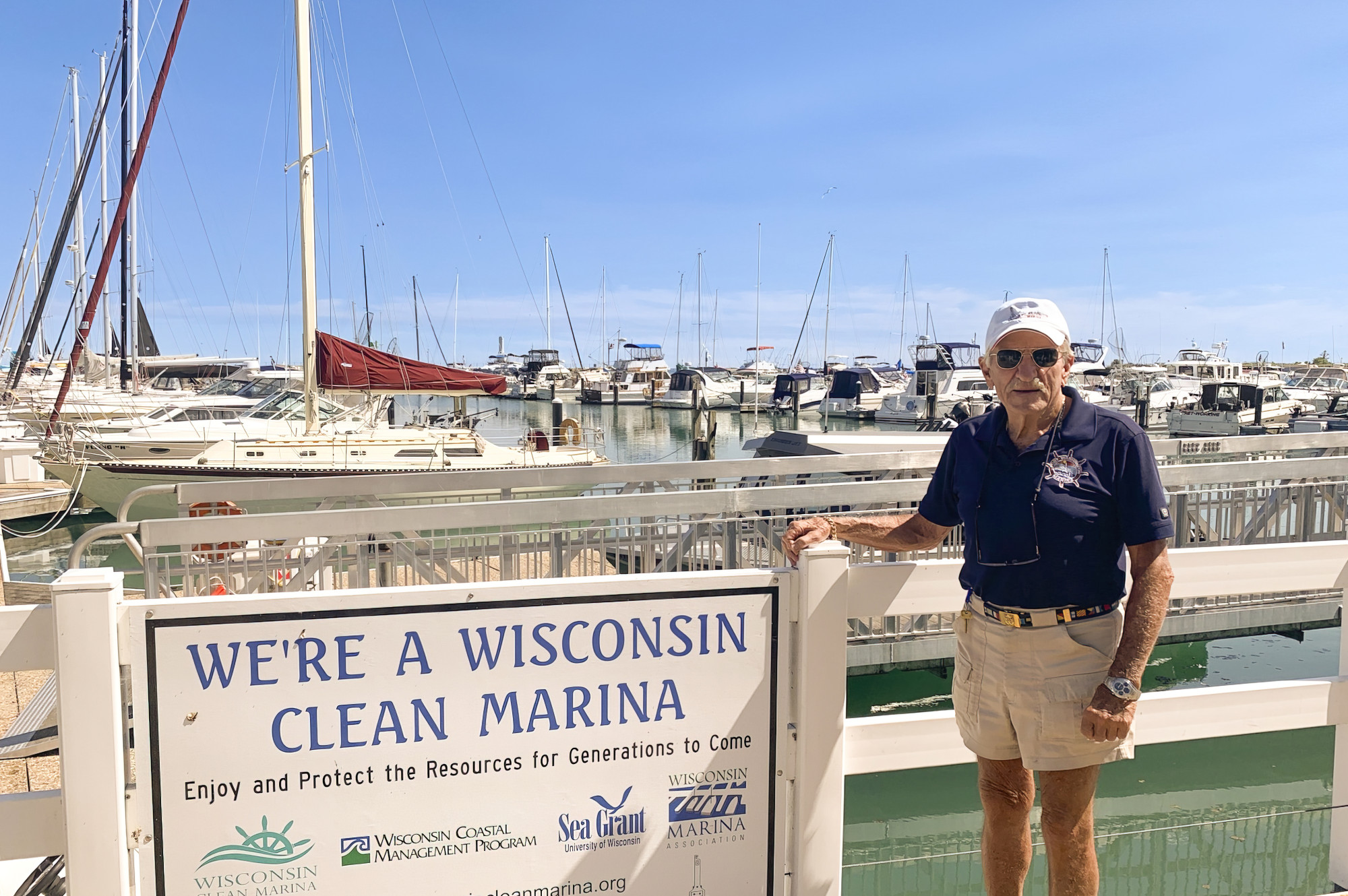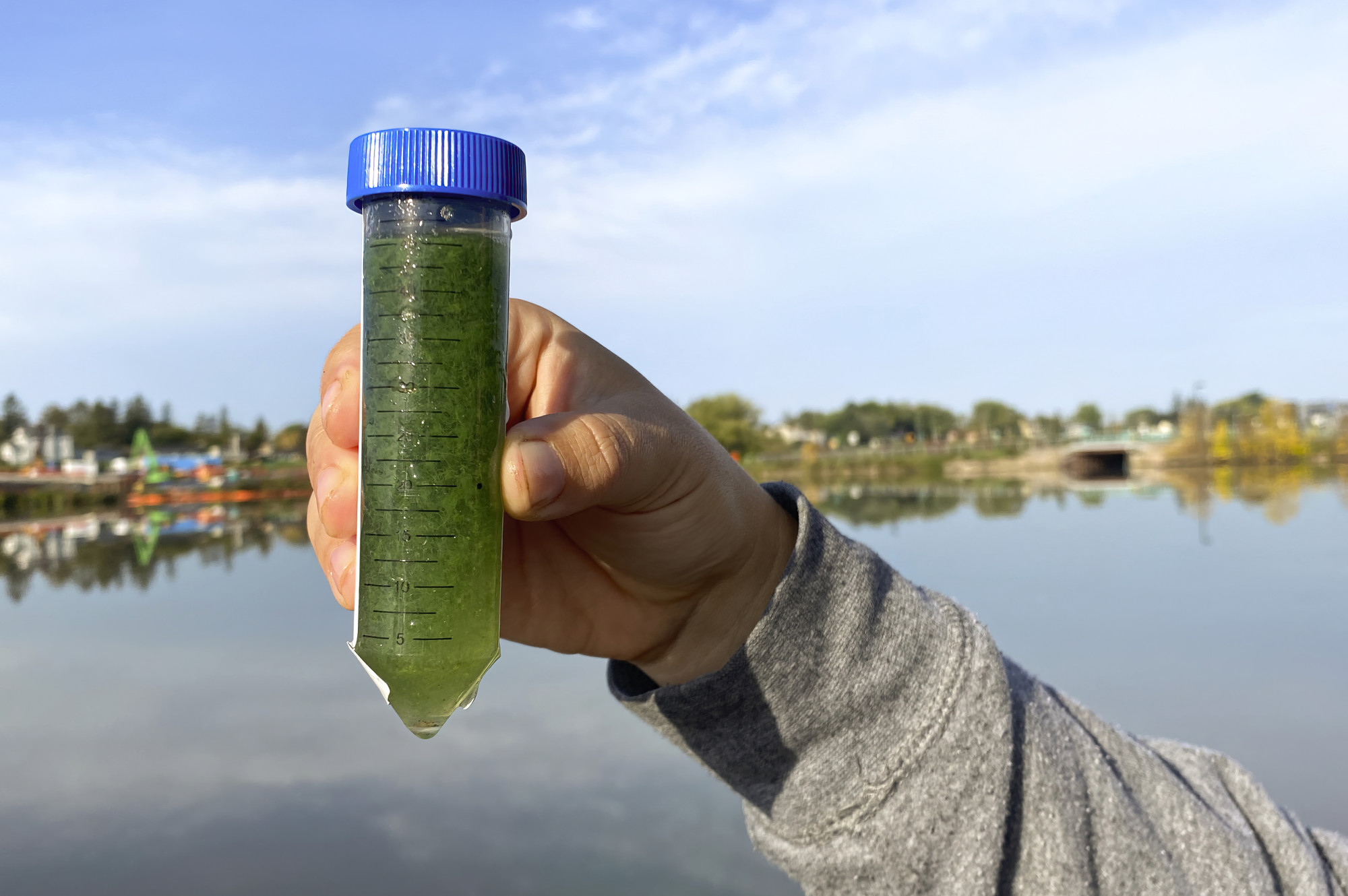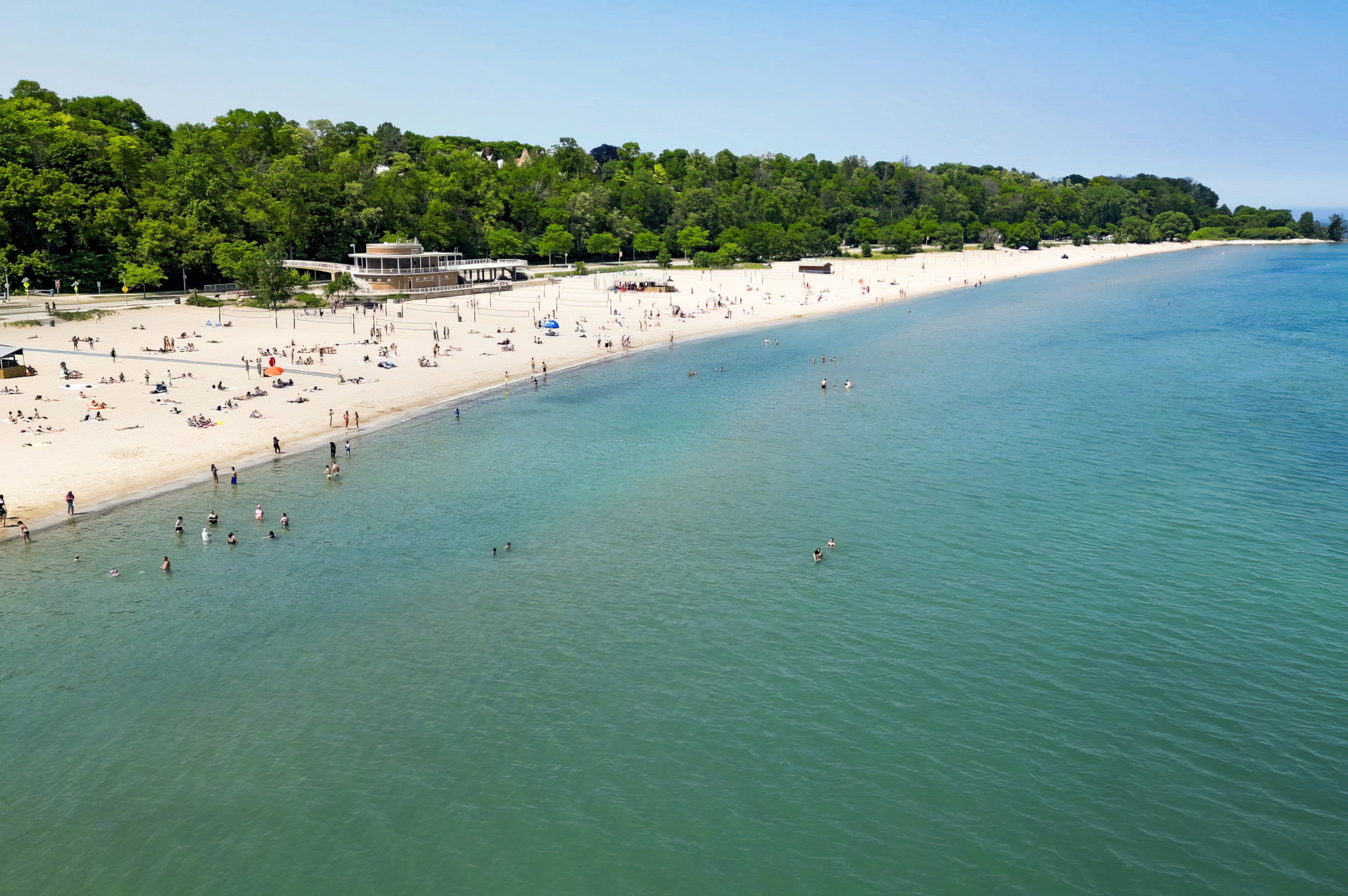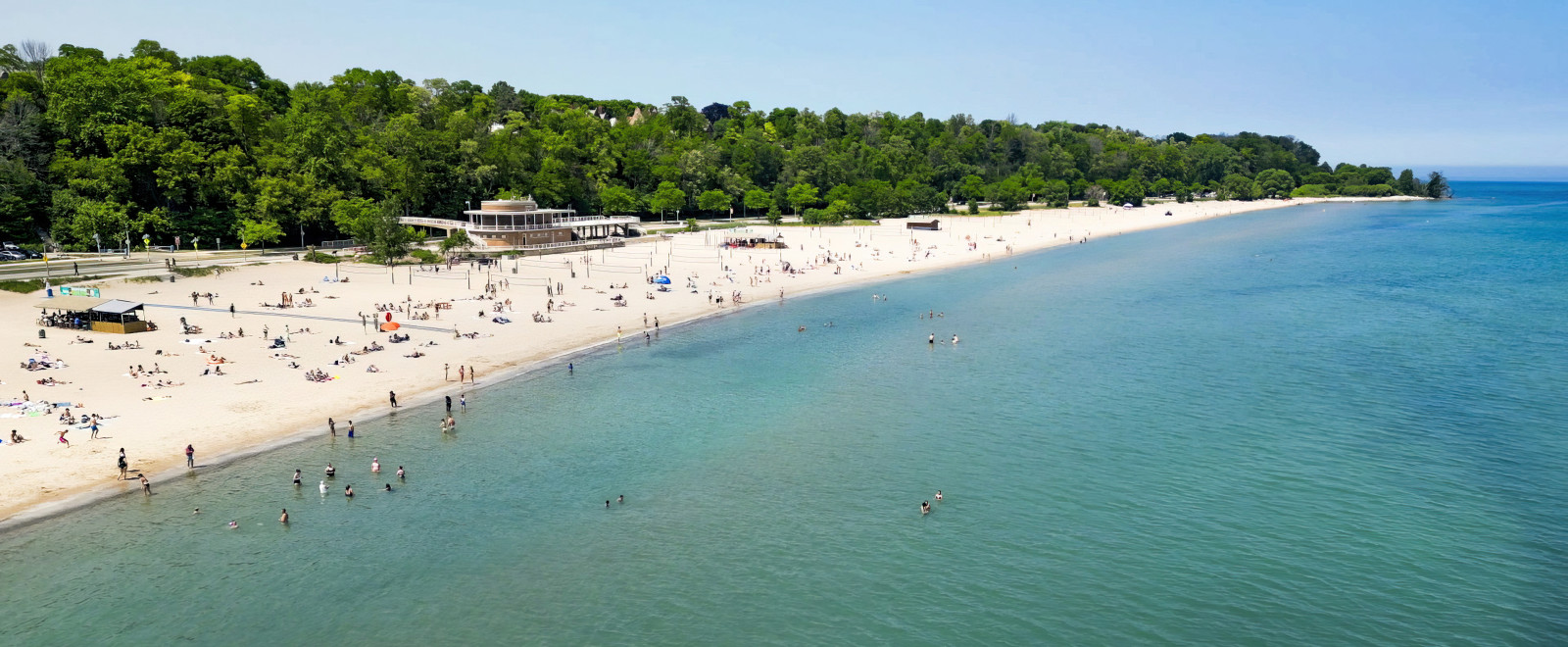
Protecting our Great Lakes
How federally supported work at UW–Madison keeps the state’s water healthy and industries strong
Research at the University of Wisconsin–Madison drives innovation, saves lives, creates jobs, supports small businesses, and fuels the industries that keep America competitive and secure. It makes the U.S.—and Wisconsin—stronger. Federal funding for research is a high-return investment that’s worth fighting for. Learn more about the impact of UW–Madison’s federally funded research and how you can help.
Through research and programming, the University of Wisconsin Sea Grant Institute and the Division of Extension’s Lake Superior National Estuarine Research Reserve are working to protect our Great Lakes. These organizations rely on federal support to keep our waters clean, drive economic development, and improve public safety across Wisconsin. Losing funding from the National Oceanic and Atmospheric Administration (NOAA) would cause immediate disruption and long-term harm to communities across the state and nation. The work of both organizations, ranging from water quality monitoring to erosion control along shorelines, supports commercial fisheries, industry, recreation, and ecosystem health.

